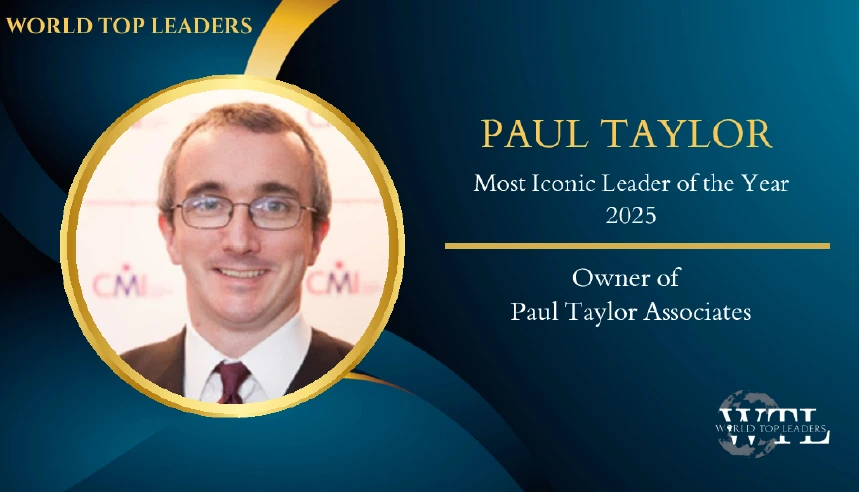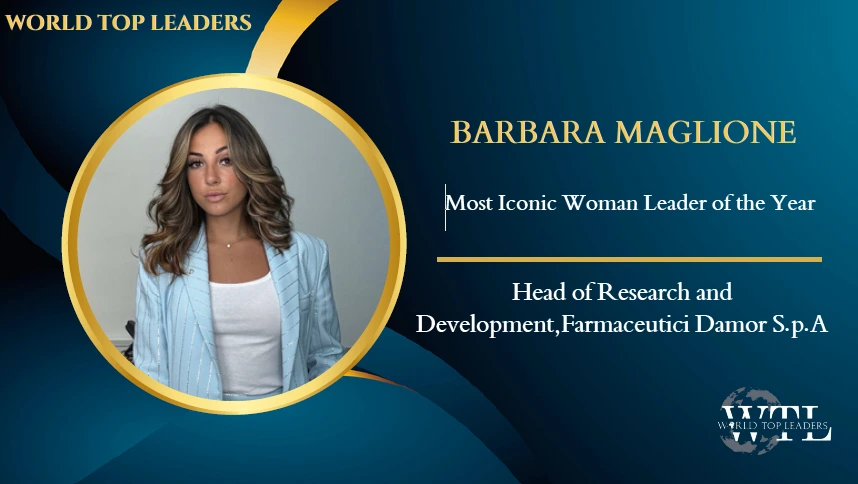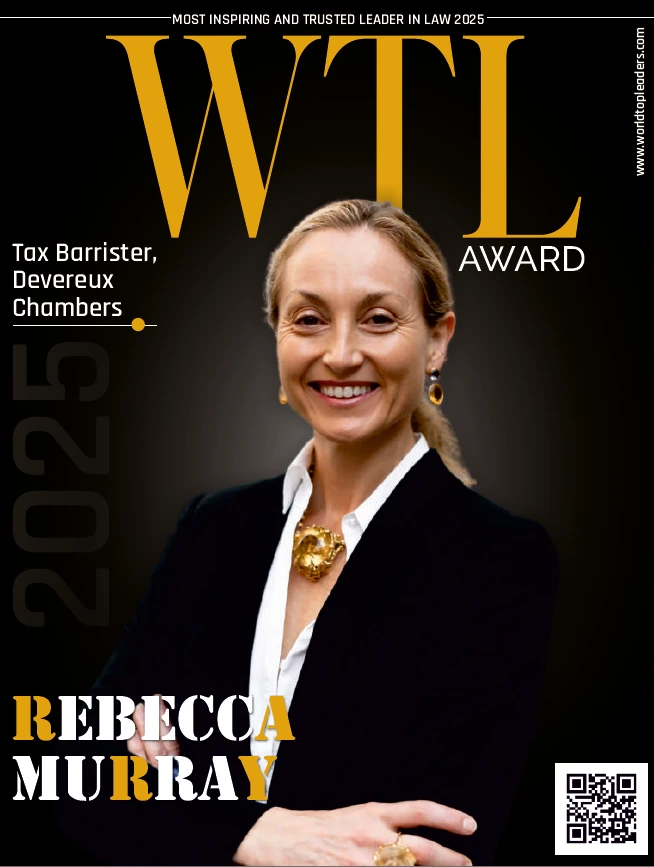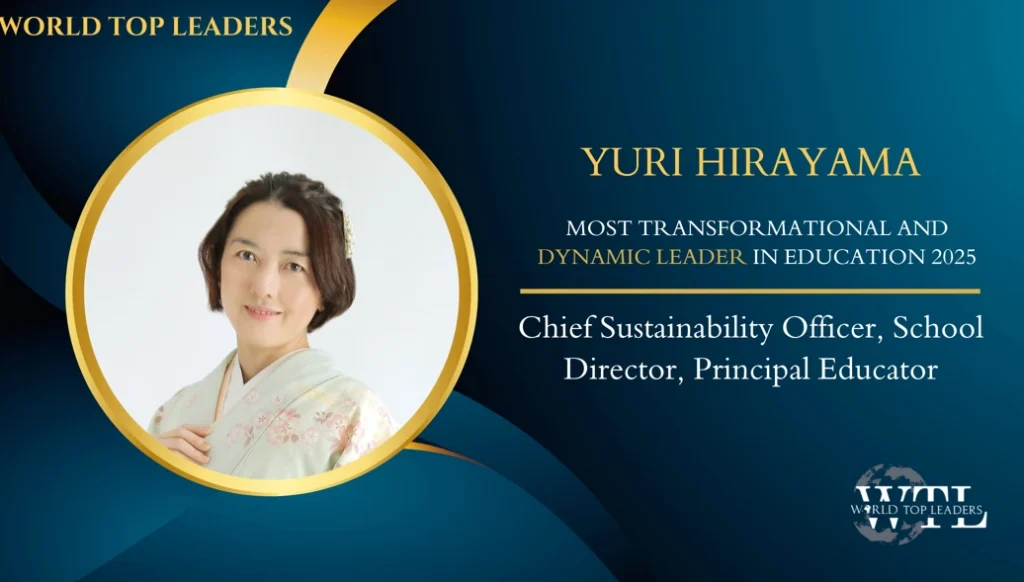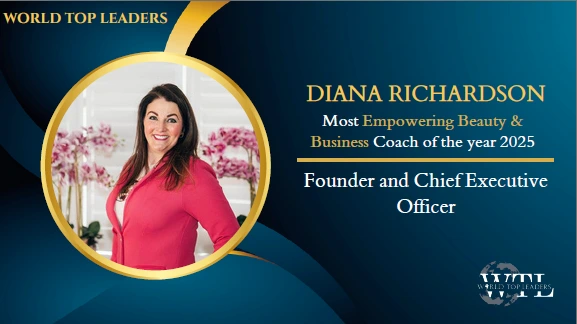Paul Taylor( Paul Taylor Associates) – Most Iconic Leader of the Year 2025
Paul Taylor Most Iconic Leader of the Year 2025 Paul Taylor’s Portfolio of Purpose: Building Value Through Ethics, Curiosity, and Pragmatic Leadership Paul Taylor has built a career defined by breadth, responsibility, and a steady commitment to doing the right thing, evolving from a hands-on technologist in banking to a portfolio leader whose work spans consultancy, governance, education, writing, and mentorship. His journey began in 1988 at a well-known UK private bank in the Information Technology department, where the small size of the institution became an advantage that broadened his exposure to diverse businesses, systems, and stakeholders across financial services. Nearly two decades later, after holding roles culminating in Head of Software Development at a large bank’s European outsourcing subsidiary, he took a decisive turn to freelancing in 2007, converting long-maturing intentions into action and embracing the uncertainty of finding work, rates, and runway on his own terms. That decision ultimately led to a deliberately diversified portfolio career that now includes consultancy and project management, chair and trustee responsibilities, non-executive and board advisory positions, education, public speaking, authorship of five books, and one-to-one mentoring. Early Foundations Taylor’s formative years in a small, full-service banking environment gave him a training ground in complexity and context, where technology was inseparable from business outcomes and client trust. The proximity to product, regulation, and operations built instincts that later informed his project management across outsourcing initiatives, product launches, technology changes, regulatory implementations, and interim assignments in high-stakes environments. Those years also surfaced a recurring question about autonomy and direction, which he eventually answered by stepping into independent work and gradually shaping a multifaceted platform for leadership. The Portfolio Model What began as project leadership in financial services has become an intentional structure designed to compound learning and impact across complementary domains of practice. Consultancy and project delivery keep him close to execution, while chair, trustee, and NED roles position him to shape governance, culture, and longer-term value creation. Education and speaking extend his reach to audiences that benefit from practical clarity, and writing formalizes his thinking, with five books and various articles anchoring a record of ideas that continue to evolve through dialogue and application. The one-to-one mentoring completes the loop, bringing leadership down to the level of individual growth where progress is most tangible. An Ethical First Leadership Style Taylor defines his leadership philosophy as ethical leadership that strives to do the right thing for all stakeholder groups, including customers, staff, suppliers, society, and shareholders, while recognizing that trade-offs are inevitable. He advocates for explicit impact assessments that map benefits and drawbacks across stakeholders, and for management practices grounded in tact, honesty, clear communication, fairness, and trust when steering change. This orientation is not static for him, and he notes a personal evolution from a rigid, plan-driven approach early in his career to a more adaptive model that accepts volatility and centers on people, integrity, and responsiveness. Growth Through Curiosity Asked about leadership inspirations, Taylor resists naming a single model, instead acknowledging a wide and eclectic set of influences from colleagues to public figures encountered through books and media. Two names stand out as enduring guides for his mental posture toward work and life: Leonardo da Vinci and Richard Feynman, both of whom reinforce the joy of learning and the discipline of discovery that Taylor brings to his practice. The theme that emerges is curiosity coupled with rigor, where learning is not just the consumption of information but an active investigation in the service of better decisions and better outcomes. A Disciplined Approach to Crises Taylor’s method for handling high-stakes decisions and crises starts with clarity, which means stripping away noise to define the problem precisely, whether that is a cyber incident that disables a website or another disruption with external touchpoints. He emphasizes inclusive solution design that brings relevant stakeholders into the room so their perspectives and constraints shape the plan, even if not every request can be accommodated. Once a solution path is selected, implementation proceeds with rigorous updates to all parties, especially external stakeholders such as clients, media, and regulators who may be affected by the organization’s operational status and remediation timeline. Motivating for Excellence There is no single script for motivation in Taylor’s view since people and contexts vary, but the core practices are consistent and practical. He keeps teams focused on the primary goal, ensures approachability so difficult truths can surface early, recognizes contributions, and operates with integrity that aligns words and actions. Communication remains constant in his framework, with progress, setbacks, and issues made visible to maintain trust and accountability during delivery. Innovation With Sobriety Taylor’s stance on innovation is supportive yet skeptical of rhetoric, noting that the term is frequently overused to imply improvement that fails to materialize, particularly in public service contexts where promised efficiency gains often remain theoretical. He cautions against change pursued for its own sake, arguing that some systems work well and are best improved incrementally on an evolutionary path rather than through forced novelty that outpaces capability. He identifies several recurring barriers to innovation, including weak cultures, fear of failure, insufficient leadership sponsorship, resistance to change, and resource constraints that undermine execution even when ideas are sound. Staying Ahead For Taylor, staying current in a fast-moving global landscape is an active, continuous process that combines learning by doing, structured learning through courses and content, and learning by observing other practitioners. Practical implementation builds tacit knowledge that cannot be replicated by theory alone, while books, webinars, and articles provide a scaffold that compresses lessons learned across domains. Collaboration and inquiry round out the model, where watching others work and asking questions become a direct line to methods that can be adapted and applied in new settings. Four Challenges Facing Leaders Taylor points to climate change as the primary challenge, citing direct lived experience of hotter summers and colder winters in the UK and calling for meaningful action from global leaders to address environmental risks. He identifies society’s growing reliance on technology
Paul Taylor( Paul Taylor Associates) – Most Iconic Leader of the Year 2025 Read More »

